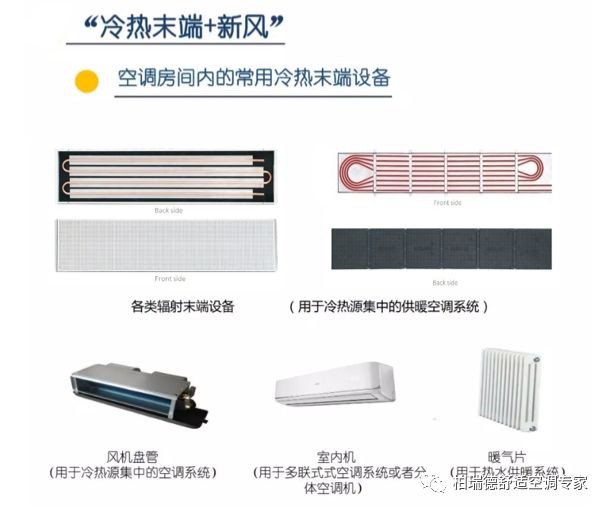Release Time:2019-03-17
Noise
At present, the hotel building has poor control of the indoor environment, especially the noise index, and the noise problem of the room seriously affects the rest of the guests. According to a 15-year survey conducted by the Gusu District Center for Disease Control and Prevention, Suzhou City, Jiangsu Province, the noise index of 7 large hotels above three-star level in Jiangsu was all unqualified, and the average indoor noise was above 50 decibels.
Too cold and too hot
At the same time, with regard to the comfort of the small environment of hotel rooms, the biggest impact is that the excessively fast air flow rate leads to a strong sense of blowing and uneven indoor temperature distribution, which affects customers’ overall evaluation of hotel quality.
Viral infection
As the pneumonia epidemic caused by the new coronavirus continues to evolve, it has had a staged impact on my country’s economic growth, especially for the tertiary industry. Tourism, movies, hotels, film and other industries will be hit hard. Through the public health education and habit formation of this epidemic, guests will be more picky about cleanliness and peace of mind when choosing a hotel. How to systematically optimize the hotel’s indoor environment has become an unavoidable problem for hotels.
In response to the above three issues
From the perspective of the air conditioning system, the author below
Explore a “new” air conditioning system
The application of radiant air conditioning in hotels
The current problems of the hotel building air conditioning system
The air-conditioning system of hotel rooms mainly adopts the “cold and hot end + fresh air” system, in which the cold and hot end equipment mainly includes radiant ceiling panels, fan coils, multiple connections, and radiators. At present, most hotel rooms in China mainly use fan coil units, or multiple connections as the cooling and heating terminals. These two types of air conditioners have one thing in common, that is, they rely on convection for heating and cooling. Its main working method is to send out hot air from the air outlet in winter, and at the same time to recover cold air from the return air outlet, (on the contrary in summer) to make the air distribution in the room form a circulation, relying on the continuous flow of air to heat or cool the indoor space.
